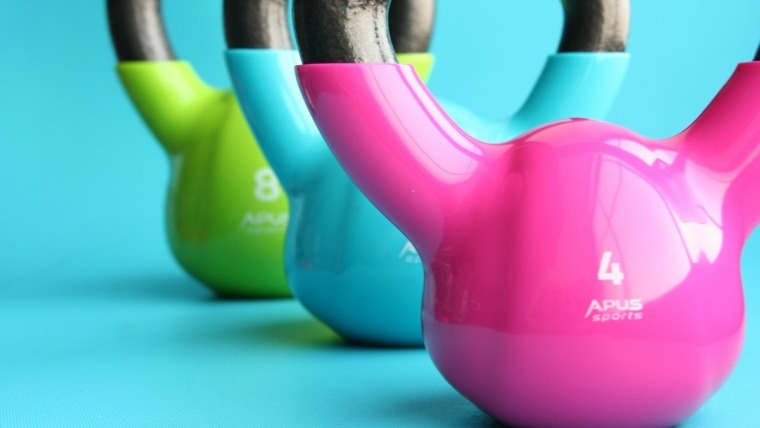
Written by Bill Adamson, Claire Richardson, Chris Reeves and Jason Stone
Before the wheel, before we controlled fire, before we had opposable thumbs and certainly before any game of thrones addictions all early humans had was movement. They foraged, they hunted, the sat on the ground on hard surfaces, they ran from predators.
They moved. Movement increases blood flow to and from muscles and joints, it engages synovial pumps in joints, washing those joints and flushing out the by-products of energy creation. It releases special enzymes in our brains that levels out our state of mind. It prevents dementia, cancer, heart disease, diabetes and countless other conditions.
Without movement everything stagnates. The by-products of energy creation sit and pool in the muscles and joints. Certain muscles will be held in contracted shortened positions, others in lengthened positions. They don't like this and so they tell your brain, and your brain passes the message on by telling you that your shoulders have a small fire burning in them.
So the issue of movement is vastly important and whilst it is obviously useful for postural strain it is good for a great number of other things as well.
Osteopaths of Australia advise exercising and movement to everybody especially the kids. Active families mean active children. Try to set a good example by including activity in everyday life - walking the dog, going to the park, walking to school.
Here are some tips for your everyday routine to help your kids to move more:
- Limit technology use. For instance, Ipads/ipods/computers can only be used during certain times of the day, and during other times the kids can find other activities.
- Include the kids in meal preparation. It gets them up off the couch, but also improves their knowledge of nutrition and how to eat properly.
- Walk/ride/scooter to and from school as often as possible.
Jason Stone, osteopath: “As an osteopath and father of three I can’t recommend enough the value of providing children with a healthy balance of nutritional food, exercise, stretching, and rest in the battle to reduce childhood obesity and maintain good health.”
To avoid weight gain, the equation is simple; keep the energy going into the body equal to or less than the amount of energy expended. Exercising regularly will keep the see-saw in your favour!



